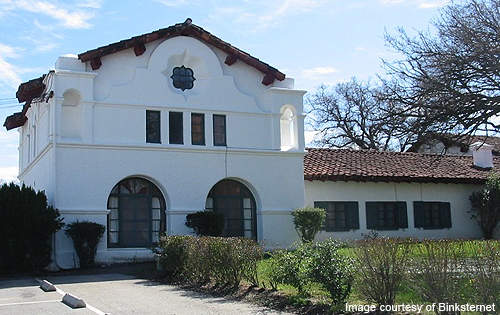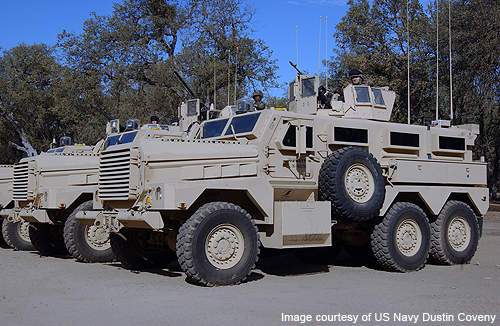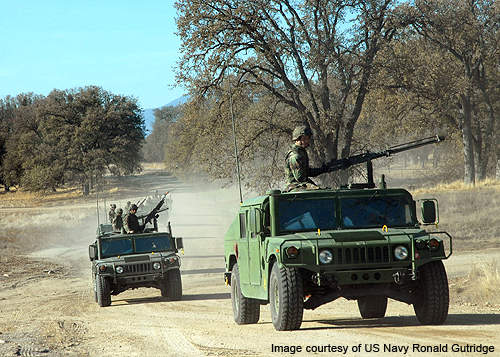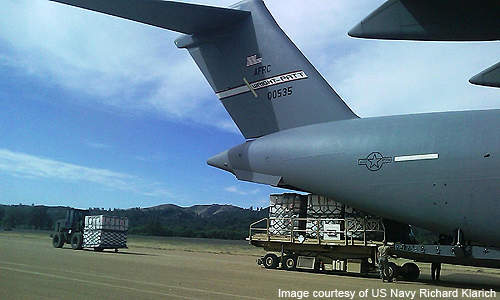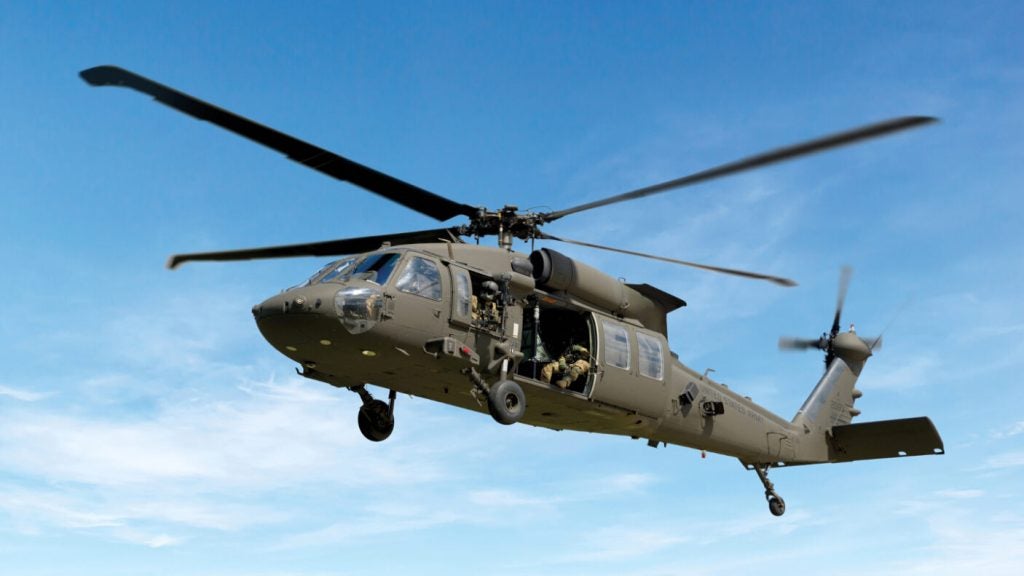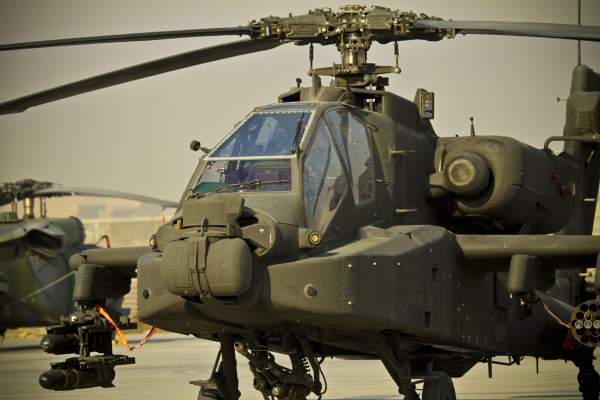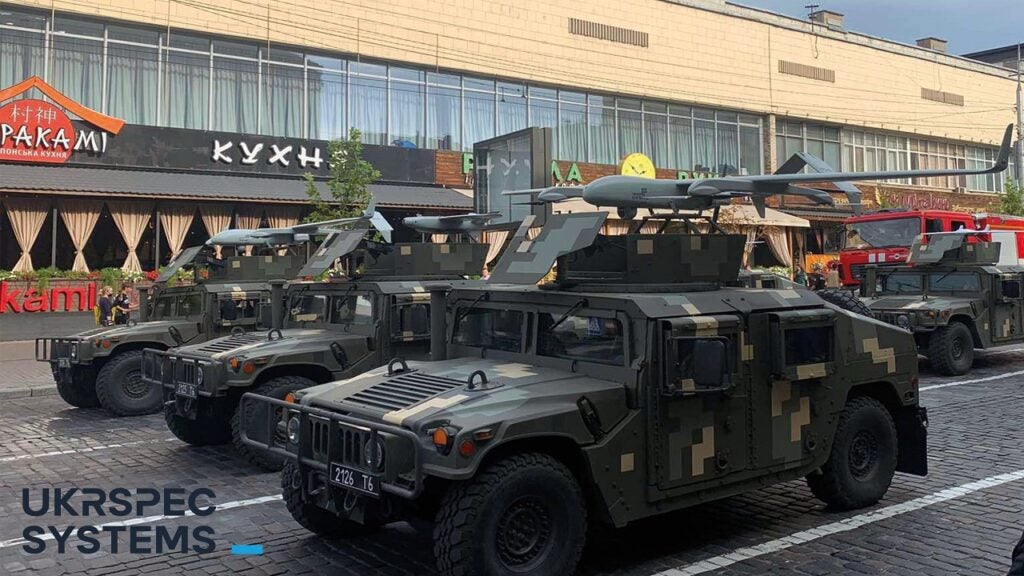Fort Hunter Liggett (FHL) is a US Army training facility located about 25 miles southwest of King City in southern Monterey County, California. Spread over 161,900 acres of land, FHL is the largest installation in the army reserve.
The headquarters is responsible for managing the base operations, training facilities and housing units of FHL and Camp Parks.
FHL provides training areas, ranges, airspace and support facilities for conducting year-round tactical field manoeuvres, live fire drills, testing and training activities.
The base terrain, consisting of mountains, valleys, rivers, plains and forests, provides real-world training experience for the combat support (CS) and combat service support (CSS) units.
The major facilities at FHL include four tactical training bases, four MOUT sites, a five mile convoy live fire course, weapons qualifications ranges, a live fire shoot house, an urban assault course, 33 drop zones, an ammunition supply point, three engagement skills trainers, equipment concentration site and a ten station improvised explosive device (IED) defeat lane.
FHL history
In 1940, the War Department acquired more than 200,000 acres of land between the Salinas River valley divide and the Pacific Ocean base to train soldiers for combat on WWII European fronts. The installation was designated Hunter Liggett Military Reservation in 1941.
It was named after Lieutenant General Hunter Liggett. The base was under the authority of Camp Roberts until 1952. It was renamed Fort Hunter Liggett Military Installation in 1975.
Fort Hunter Liggett was a sub-installation of Fort Ord until it was transferred to the US Army Reserve Command in 1993. The 2005 BRAC (base realignment and closure) recommended the relocation of the 91st Division from Parks Reserve Forces Training Area to Hunter Liggett.
The 91st Division moved to the new headquarters in May 2009. The new headquarters was named as Master Sgt. Robb G. Needham, U.S. Army Reserve Centre in September 2010.
FHL garrison facilities
FHL is home to approximately 28,000 personnel including those from the US Army, Army Reserve, Navy, Navy Reserve, Air Force, Marine Corps, Air National Guard, Army National Guard, ROTC, Civilians and Government staff. The base houses seven major tenant organisations namely the 91st Training Brigade; the Regional Training Centre; the TASS (The Army School System) Training Centre (TTC); the 3rd Brigade 356th Logistical Support Battalion, 402nd Field Artillery; the Regional Training Site Maintenance; 63rd Regional Support Command’s Equipment Concentration Site 170 and 31st Seabee Readiness Group.
The base controls the Parks Reserve Forces Training Area (Parks RFTA) located in Dublin. The Parks RFTA serves more than 250 units comprising 20,000 Army Reserve and National Guard troops in the greater San Francisco area. The future Army Complex at Moffett Field also operates under FHL.
Fort Hunter Liggett offers 84 military family housing units which are divided into two and four bedroom units, duplex, town homes and single family units. It also provides military housing at Moffett Field as well as accommodation and dining facilities at the B.T. Collins Army Reserve Centre.
Air facilities at Fort Hunter Liggett
Tusi Army Heliport situated within FHL has landing / take-off area for helicopters. The airfield is owned by the US Army Reserve and operates under the Air Traffic Services Command (ATSCOM) at Fort McPherson.
The heliport features a runway and 36 prepared parking pads equipped with built-in anchors.
The 174m long and 15m wide runway is surfaced with concrete.
The paved heliport surface can accommodate all types of rotary-wing aircraft.
It is used as reference or control points for arriving and departing aircraft (hover points). The heliport is equipped with refuelling facilities too.
The Schoonover Landing Zone at FHL can handle fixed wing craft such as C-130 Hercules, C-12 Huron and C-17 Globemaster III transport aircraft. It has a 5,000ft 70ft semi-prepared runway made of dirt or rock surface.
The airfield provides refuelling facilities as well. The aviation live fire manoeuvres are carried out at multipurpose range complex (MPRC) and Stony Valley.
US Defence Sector: Market Opportunity and Entry Strategy, Analyses and Forecasts to 2015
Detailed analysis and forecasts of the US defence market are available from our business information platform Strategic Defence Intelligence. For more information click here or contact us: EMEA: +44 20 7936 6783; Americas: +1 415 439 4914; Asia Pacific: +61 2 9947 9709 or via email.

